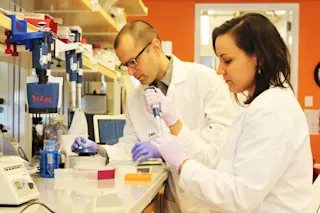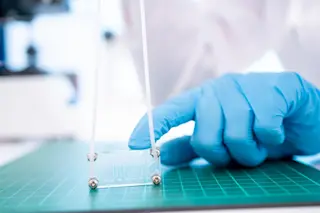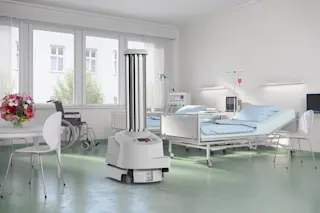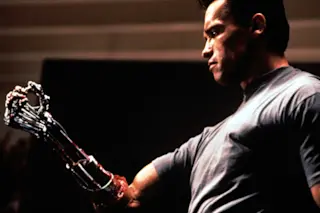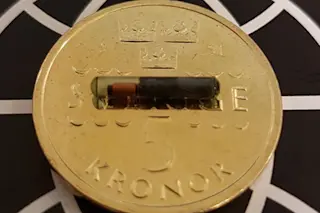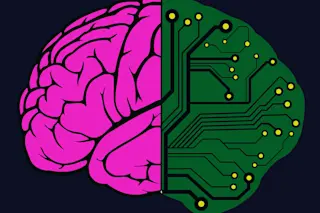By 2020, the volumes of data that humanity generates may reach 44 trillion gigabytes, according to information technology analyst firm International Data Corporation in Framingham, Massachusetts. That’s equivalent to over 6 towers of 128-gigabyte iPad Airs, each reaching from Earth to the moon.
To make use of all this data, it needs to be stored somewhere, and DNA may be up for the task.
Now, using a new strategy called DNA Fountain, scientists have nearly reached DNA’s theoretical storage capacity, and still recovered their data with zero errors. The secret of the new technique is that it essentially encodes files in DNA as very simple Sudoku puzzles, says study lead author Yaniv Erlich, a computational biologist at Columbia University in New York.
DNA is made of strands of molecules known as nucleotides: adenine, thymine, cytosine and guanine, abbreviated A, T, C and G. Just as patterns of ink can represent ...


